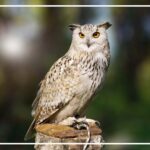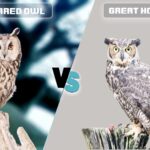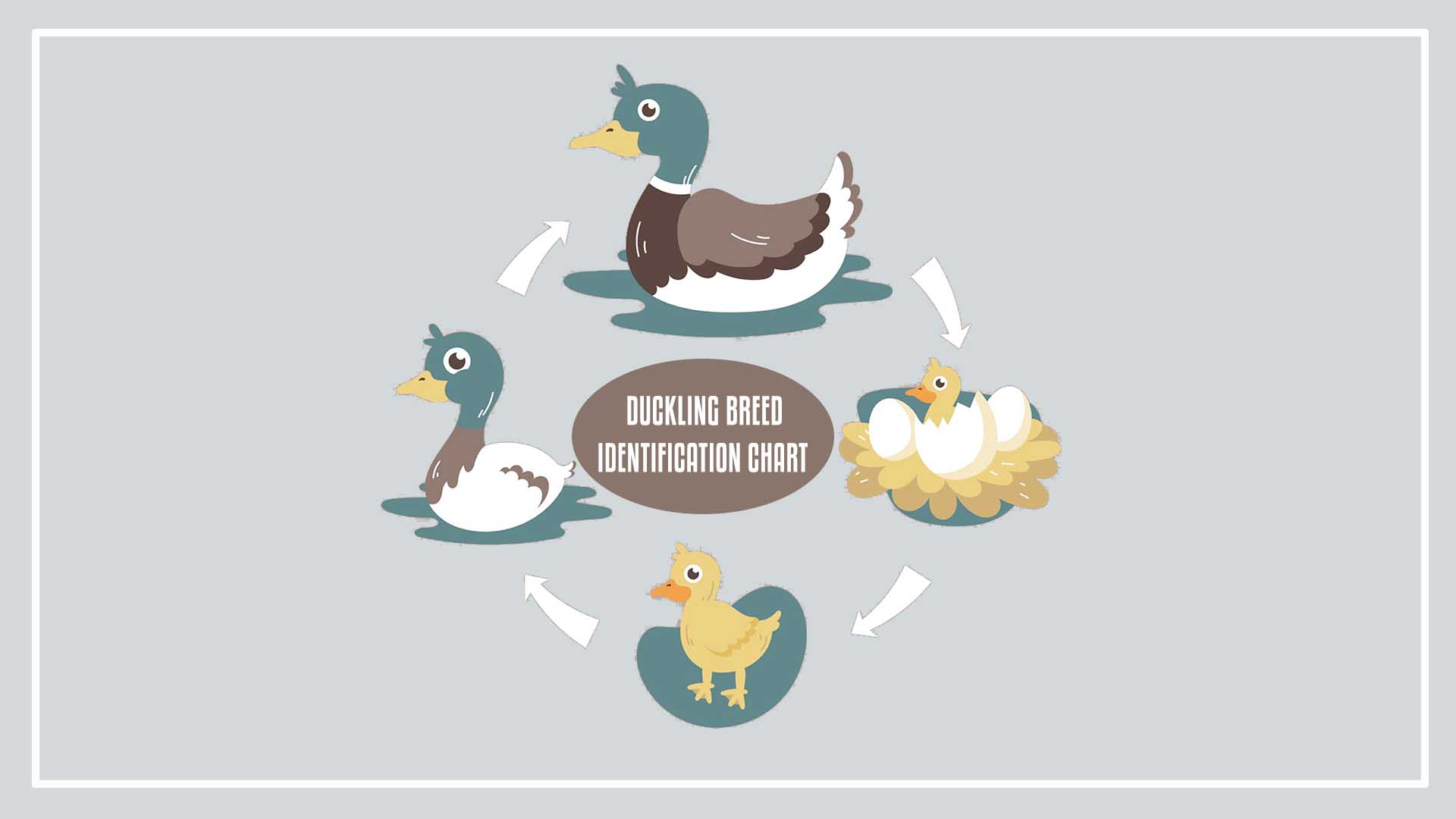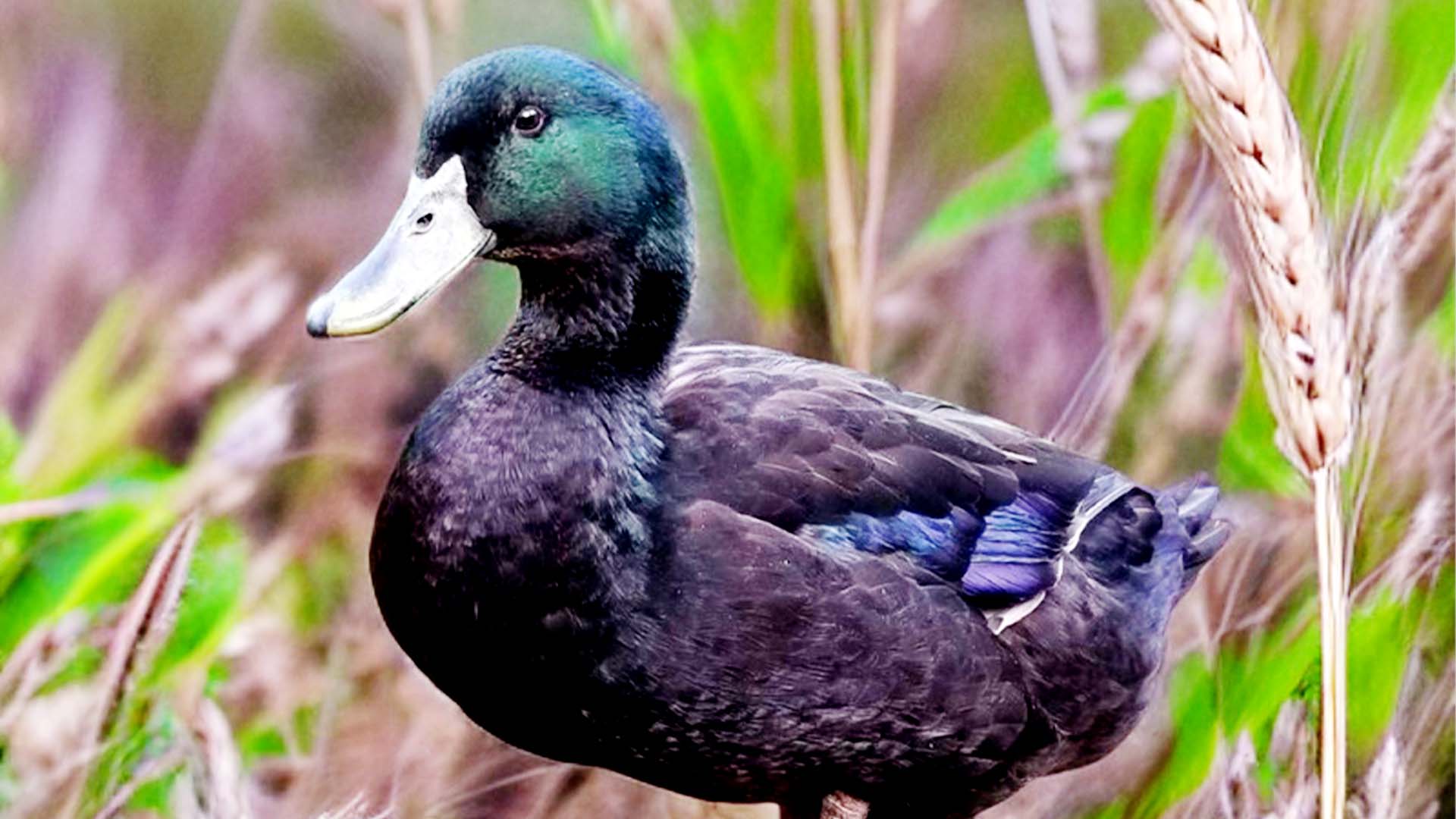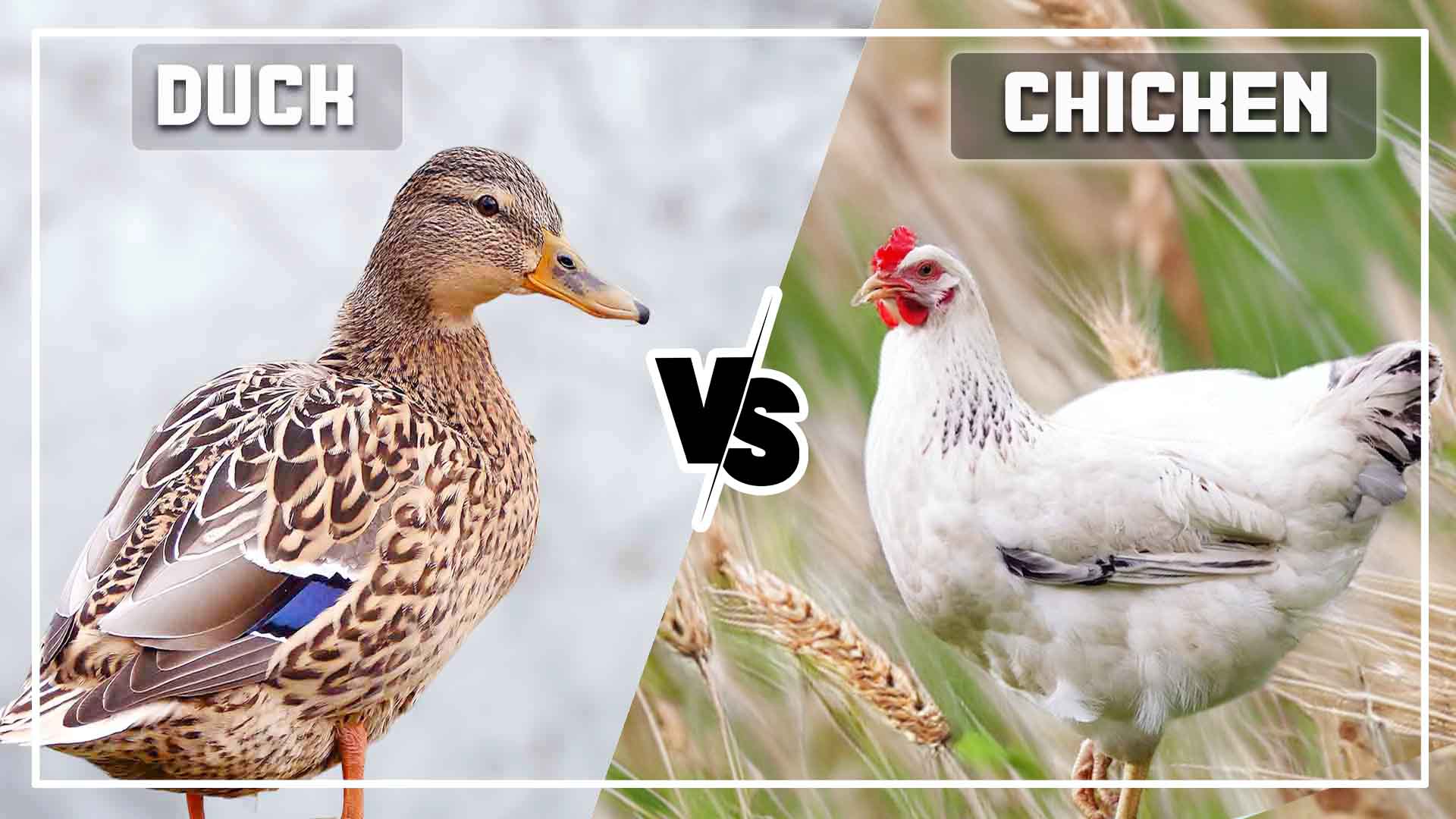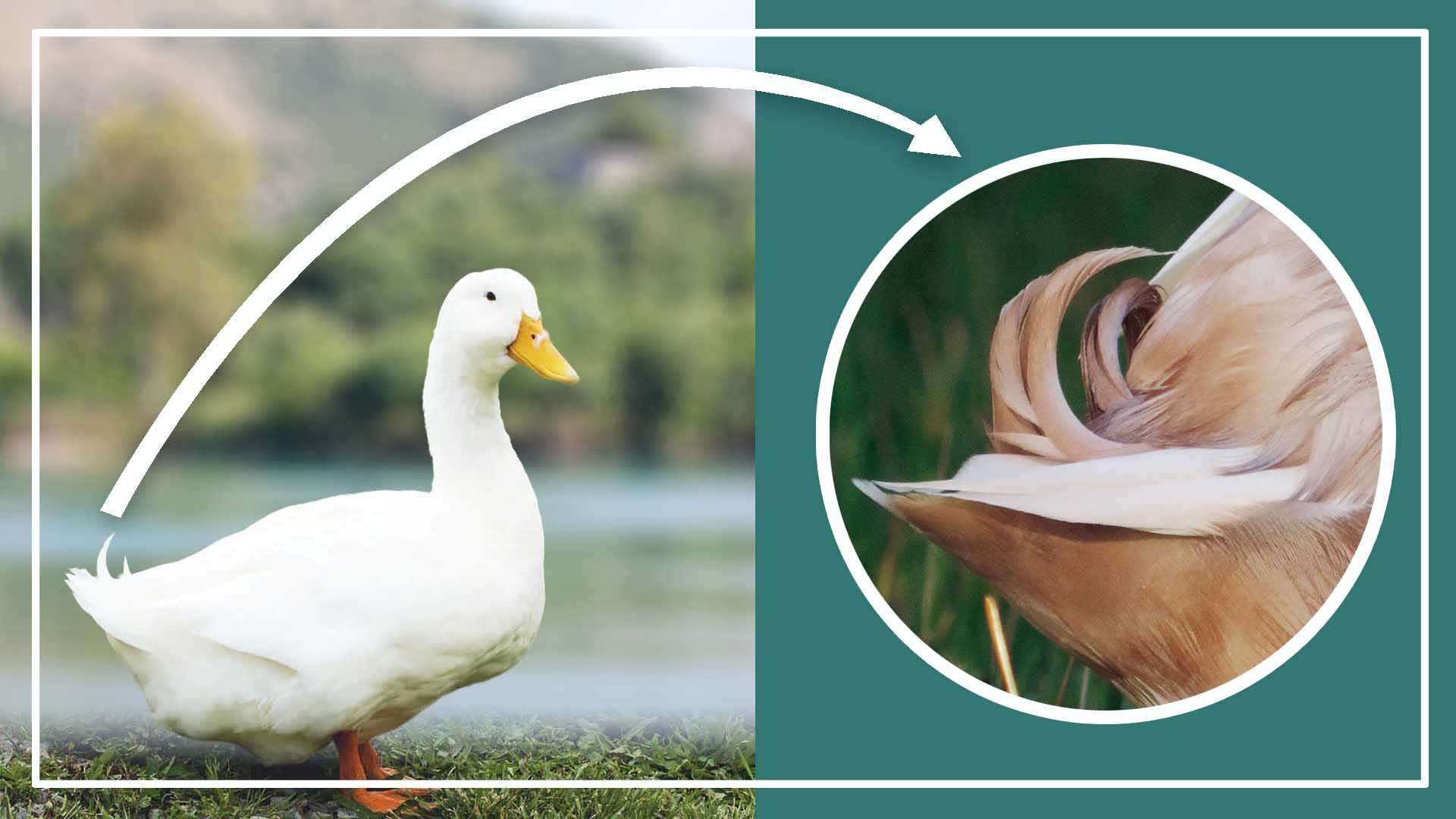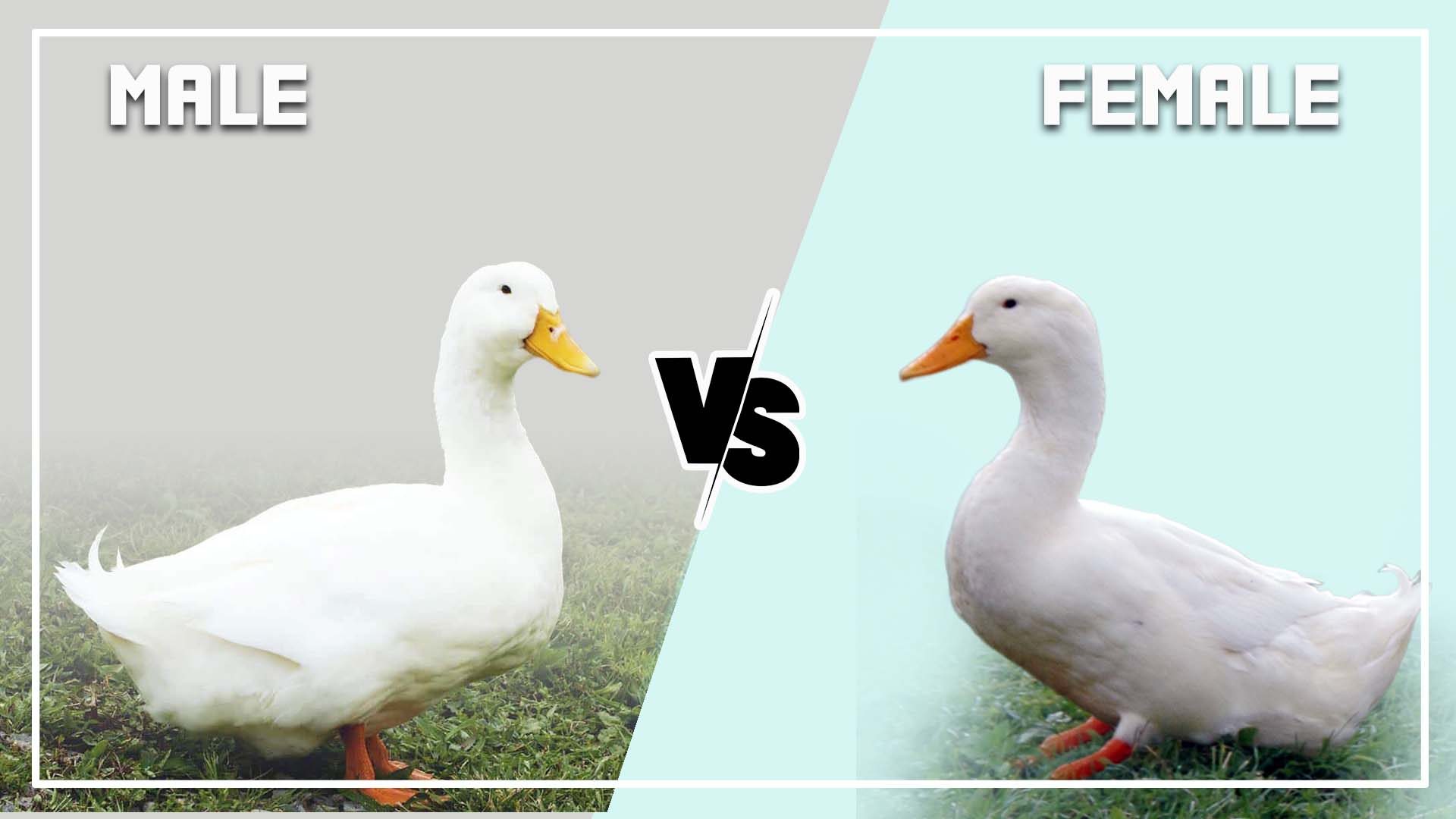Ducks are one of the most popular domesticated birds, raised for their eggs, meat, and feathers. There are many different breeds of ducks, each with their unique characteristics and traits. Identifying duckling breeds can be challenging, but it is an essential step in proper breeding, care, and management of these birds.
The purpose of this chart is to provide a quick reference guide for identifying different duckling breeds based on their physical and behavioral characteristics. The chart will serve as a useful tool for both experienced and novice duck breeders, as well as individuals interested in learning more about different duckling breeds.
There are several physical and behavioral characteristics that can be used to identify different duckling breeds. Physical characteristics may include plumage color and patterns, bill color and shape, head shape and crest, eye color, body size and shape, and feather growth rate.
Duckling Breed Identification Chart
There are different types of duckling breeds identification chart included, including Pekin, Mallard, Muscovy, Runner and Khaki Campbell. In this chart, you can learn about categories of identification criteria used to differentiate them. In the blow section, we discuss this in detail the chart.
| Breed Name | Physical Characteristics | Behavioral Characteristics |
| Pekin | White plumage color, yellow bill, large body size | Docile temperament, good for meat production |
| Mallard | Green head with white neck ring, brown plumage, small body size | Wild and flighty temperament, good for egg production |
| Muscovy | Red, black, or white plumage color, red or black bill, warty facial skin | Quiet temperament, good for meat production |
| Rouen | Dark green plumage with iridescent black feathers, yellow bill, large body size | Calm temperament, good for meat production |
| Cayuga | Black plumage color, dark bill, medium body size | Calm temperament, good for egg and meat production |
| Runner | Tall and thin body shape, white or fawn-colored plumage, upright posture | Energetic temperament, good for egg production |
| Khaki Campbell | Brown plumage color, greenish-yellow bill, medium body size | Active temperament, good for egg production |
| Indian Runner | Upright posture, narrow body shape, white or fawn-colored plumage | Energetic temperament, good for egg production |
The above table includes physical and behavioral characteristics used to differentiate between different duckling breeds. Physical characteristics may include plumage color, bill color and shape, body size and shape, and more. Behavioral characteristics may include temperament, foraging habits, and egg-laying tendencies.
Pekin Ducking Breed Identification
The Pekin duckling breed originated in China and was brought to the US in the mid-1800s. They are known for their white plumage, yellow bill, and large body size.
Pekin ducks are typically raised for meat production due to their docile temperament and rapid growth rate.
They are also good egg layers, but their eggs are not as large as some other breeds. Pekin ducks require a lot of space and access to water for swimming.
Mallard Ducking Breed Identification
The Mallard duckling breed is the most common type of wild duck in the world. They have a green head with a white neck ring, brown plumage, and small body size.
Mallard ducks are known for their wild and flighty temperament, making them difficult to domesticate. They are good egg layers and can also be raised for meat, although their small size makes them less desirable for this purpose. Mallard ducks are good foragers and require access to water for swimming.
Muscovy Ducking Breed Identification
The Muscovy duckling breed is native to Central and South America. They have red, black, or white plumage, a red or black bill, and warty facial skin. Muscovy ducks are known for their quiet temperament, making them good for backyard flocks.
They are typically raised for meat production due to their lean meat and good taste. Muscovy ducks can also be good egg layers, although they are not as productive as some other breeds. Muscovy ducks require access to water for swimming and foraging.
Rouen Ducking Breed Identification
The Rouen duckling breed originated in France in the 1800s. They have dark green plumage with iridescent black feathers, a yellow bill, and a large body size.
Rouen ducks are known for their calm temperament, making them good for backyard flocks. They are typically raised for meat production due to their large size and good taste.
Rouen ducks can also be good egg layers, although they are not as productive as some other breeds. Rouen ducks require access to water for swimming and foraging.
Cayuga Ducking Breed Identification
The Cayuga duckling breed is native to North America. They have black plumage, a dark bill, and a medium body size.
Cayuga ducks are known for their calm temperament, making them good for backyard flocks. Cayuga ducks are good foragers and require access to water for swimming.
Runner Ducking Breed Identification
The Runner duckling breed originated in Southeast Asia. They have a tall and thin body shape, white or fawn-colored plumage, and an upright posture. Runner ducks are known for their energetic temperament, making them good foragers. They are typically raised for egg production, as they are one of the most productive egg-laying breeds. Runner ducks require access to water for swimming and foraging.
Khaki Campbell Ducking Breed Identification
The Khaki Campbell duckling breed originated in England. They have brown plumage, a greenish-yellow bill, and a medium body size.
Khaki Campbell ducks are known for their active temperament and good egg-laying abilities. They are one of the most productive egg-laying breeds and can lay up to 300 eggs per year. Khaki Campbell ducks require access to water for swimming and foraging.
Indian Runner Ducking Breed Identification
The Indian Runner duckling breed originated in Indonesia. They have an upright posture, narrow body shape, and white or fawn-colored plumage. Indian Runner ducks are known for their energetic temperament and good egg-laying abilities.
They are typically raised for egg production and can lay up to 200 eggs per year. Indian Runner ducks require access to water for swimming
Categories of identification criteria:
Duckling breeds can be identified based on several physical and behavioural characteristics. The following are the categories of identification criteria used to differentiate between different duckling breeds:
Plumage color and patterns: The color and pattern of a duckling’s feathers can be used to identify different breeds. For example, the Pekin breed has white plumage, while the Rouen breed has dark green plumage with iridescent black feathers.
Bill color and shape: The shape and color of a duckling’s bill can also be used for identification. For instance, the Cayuga breed has a dark bill, while the Pekin breed has a yellow bill.
Head shape and crest: Some duckling breeds have unique head shapes or crests that can be used for identification. For example, the Crested breed has a distinctive tuft of feathers on its head.
Eye color: The color of a duckling’s eyes can also be used to differentiate between breeds. For instance, the Muscovy breed has a red or black facial skin with red eyes.
Body size and shape: The size and shape of a duckling’s body can be used to identify different breeds. For example, the Runner breed has a tall and thin body shape.
Feather growth rate: The rate of feather growth can also be used for identification. Some breeds have faster feather growth than others. You can identify Blue Swedish Duckling Male Vs Female.
FAQ
How can I tell what breed my duckling is?
Identifying the breed of a duckling can be challenging, but certain physical and behavioral characteristics can help.
Look at the color and pattern of their plumage, shape and color of their bill, head shape and crest, and body size and shape. Observe their foraging habits, temperament, vocalizations, and egg-laying tendencies.
By comparing these characteristics to breed standards, you can determine the breed of your duckling. However, for some breeds, it may be necessary to wait until they are older to accurately identify their breed.
What is a normal duck breed?
There are several breeds of ducks that are considered “normal” or common. One of the most common breeds is the Pekin duck, which is a large domesticated breed with white plumage and a yellow bill.
Other common breeds include the Khaki Campbell, which is a medium-sized brown duck, and the Runner duck, which is a slender duck with an upright posture.
Mallards are also a common breed of wild ducks that can be found in many parts of the world. However, it’s important to note that the definition of a “normal” duck breed can vary depending on location and context.
What age do ducks breed?
The age at which ducks start breeding can vary depending on the breed and individual duck. Generally, ducks reach sexual maturity between 4 to 7 months of age, with larger breeds typically maturing later than smaller breeds.
Some breeds, such as Muscovy ducks, may not start breeding until they are 8 to 12 months old. It’s important to note that while ducks may be physically capable of breeding at a young age, it’s best to wait until they are fully mature before allowing them to breed to ensure healthy offspring.
Conclusion:
Identifying duckling breeds is essential for the proper care and management of a flock. The duckling breeds identification chart provides valuable information on physical and behavioral characteristics, historical background, unique traits, best uses, and care recommendations for each breed.




